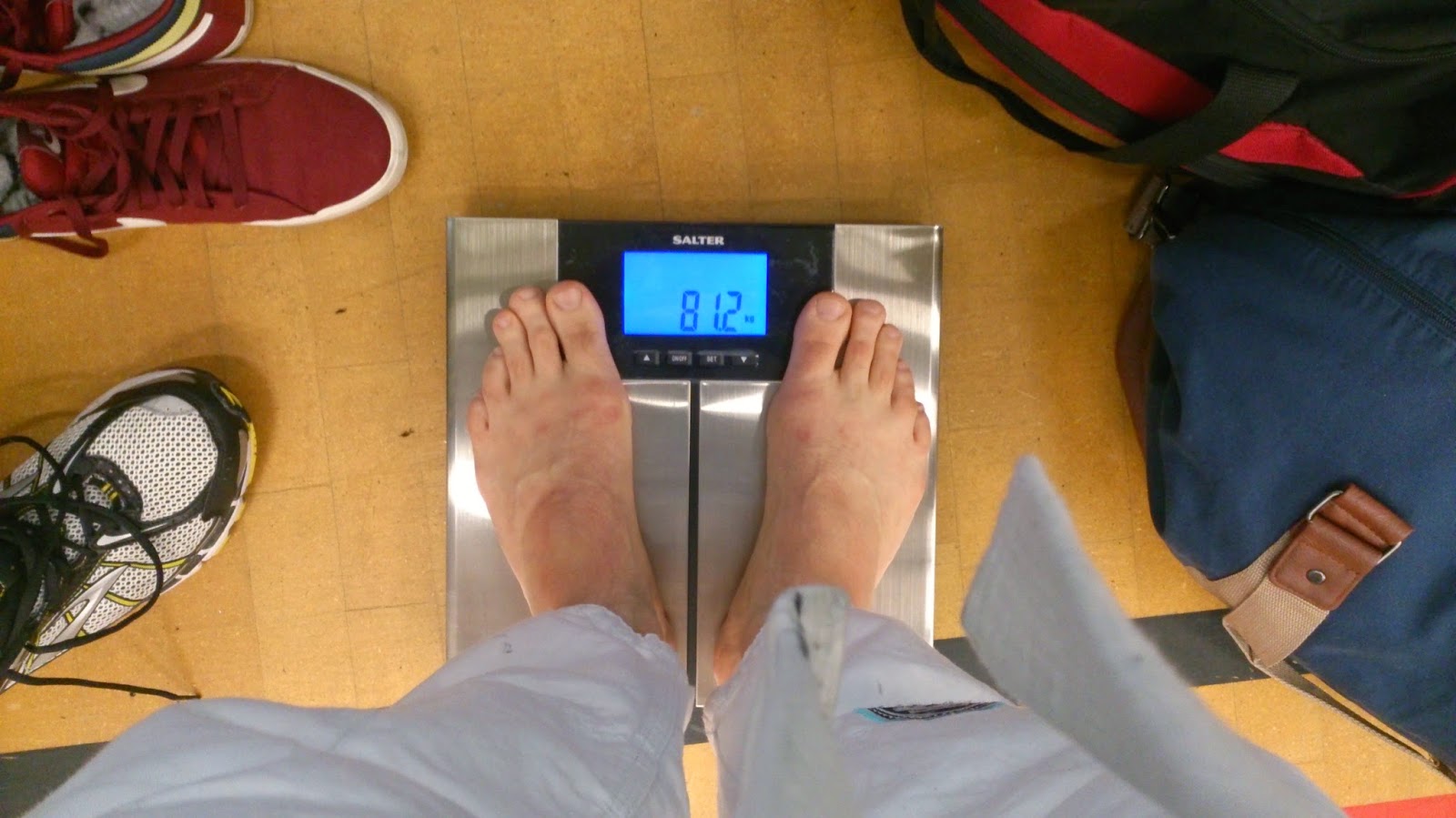One of the key lessons I learnt from watching everyone else compete today was that I have nothing to fear at BJJ events.
I didn't see anything extraordinary that made me truly humbled and amazed. Some of the kids were brilliant and a few of the adults, both men and women, were very impressive. But there was nothing there I couldn't do. It's about levels of competency and the people who won their respective divisions had their technique honed and a clear understanding of tactics. Strength without technique wasn't enough to win in any match I saw.
I watched one of the very good blue belts that I train with coast to two wins in his division by simply getting his opponent in guard, threatening a submission, turning it into a sweep and maintaining position. Obviously, it wasn't just this simple because he also had answers to everything else his opponent tried to do, but he never looked in trouble. He also checked the scoreboard a few times to ensure he had points in the locker. I'll learn from this.
In terms of my own matches, I was pleased that I didn't panic when I found myself in some bad positions. I was calm, I was analytical and I devised answers and at least tried to implement them. The answers didn't always work, but I felt I was in the right area rather than scrambling in the dark.
I also spent a bit of time in guard in my opening fight and I felt OK with this. I also ended up in half-guard in my second fight and also didn't feel too threatened. I also managed a few submission attempts and converted one of them into a sweep.
My stamina and fitness was also pretty good, though I could have managed my weight loss more sensibly as I didn't eat the night before because I was worried about hitting weight. That tired me a little but it's one aspect of many that will be improved for the next time.
I was taken down a bit to easily and, although I got barriers in place and secured some sort of defensive position, I need to work on my takedown prevention and defence. This is key, particularly as I'm generally quite comfortable in the stand-up exchanges.
But overall it was a pretty successful day. Victory at anything happens in stages. And today I narrowly won my first fight and that was better than losing it. I've also got another two fights under my belt and I also picked up a bronze medal and contributed a point to my team's overall victory.
A team-mate also gave me some brilliant advice in the changing rooms. He said that now, because there are so many different positions and strategies in BJJ, he just focuses on learning everything he can about one position.
So the guard will be my focus for the next several months.
But I'm very happy. I do know future days at competition may not always be this successful, though.

